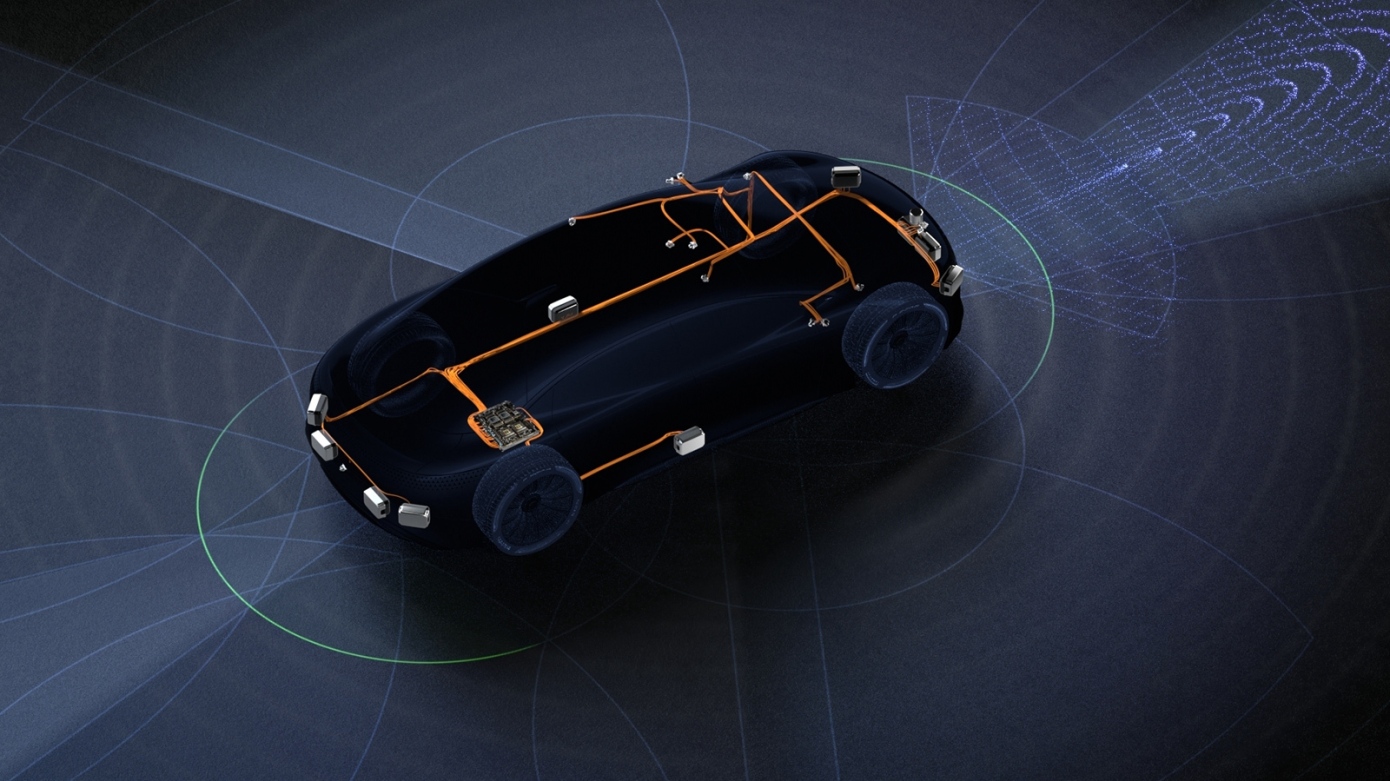Nvidia’s next-generation self-driving toolkit is available for 2024 vehicle models

Automakers, suppliers and startups aiming to roll out automated driving features, robotaxis and self-driving trucks are a little closer to accessing Nvidia’s newest compute and sensor toolkit.
Nvidia founder and CEO Jensen Huang announced Tuesday at the company’s fall GTC event that Hyperion 8 — a production-ready platform that includes sensors, compute and software needed for AV development — is now available to buy for 2024 vehicle models.
Hyperion 8 is the latest iteration of the end-to-end Nvidia Drive platform that automakers can use customize to their likening and needs. Hyperion 8 was first revealed in April. However, some details, including which companies are supplying the 12 cameras, nine radars and one lidar that are part of the platform, weren’t revealed until Tuesday. Notably, Luminar is supplying the lidar, a potential boon for the newly public company. Continental, Hella, Sony and Valeo are also supplying sensors to Nvidia for the Hyperion 8.
“The opportunity here is that as Nvidia’s system gets designed in (to production vehicles), we also ultimately get designed in,” said Luminar founder and CEO Austin Russell.
Hyperion is a reference platform that allows customers, like say an automaker, to access and tweak what its needs, including the core compute and middleware as well as AI functions inside the vehicle.
Hyperion 8’s availability was one of a string of automotive-related announcements made by Huang at the company’s fall GTC event. The key announcements included developments in mapping bolstered by its acquisition of DeepMap in June, a tool that can replicate realistic scenes through simulated cameras with data labeled automatically and a personal concierge product that acts as a digital assistant, provides important communication between the automated driving system and the passenger and can handle parking. Each new product announcement either fits into or complements Hyperion 8.
The upshot: Nvidia aims to capture larger slices of the automated driving market, a sector that includes the suppliers and automakers developing driver assistance systems for passenger vehicles and the companies working to deploy fully autonomous vehicles such as self-driving trucks and robotaxis.
Nvidia has scored a number of customers that are developing on the Nvidia’s Drive Orin computer system-on-chip, including Cruise, Mercedes-Benz, TuSimple, Volvo and Zoox. Nvidia touted several more design wins during the fall GTC event, including Lotus, Chinese self-driving startup Qcraft and Weltmeister, the EV brand owned by China’s WM Motor Technology Co.
“We do not expect to have a 100% market share, but we have a dominant portion of the market that’s developing on Nvidia Drive,” Danny Shapiro, vice president of automotive at Nvidia said in a briefing ahead of GTC. “And the reason that is, is because we have this entire end-to-end solution. It’s not just about one thing that goes in the car but it’s about the data center, it’s about the simulation, it’s about the vehicle and having that on the same architecture is a huge advantage.”
Tags :
Previous Story
- GM-backed Cruise seeks final approval to commercialize robotaxis...
- New Mazda cars will stop if driver suffers...
- Toyota ranked one of worst major automakers for...
- Sales in AI Virtual Visor Market to Pick...
- Supply Chain Volatility in the Automobile Industry
- The Great Car-Chip Shortage Will Have Lasting Consequences
- New forecast says chip shortage to cost the...
- Auto PLI scheme gives right impetus to the...